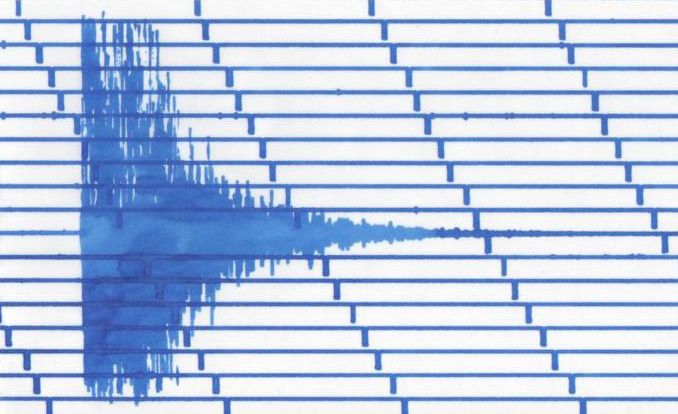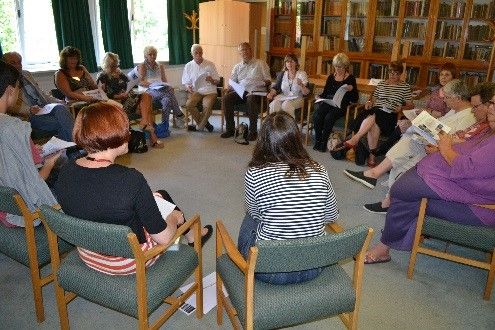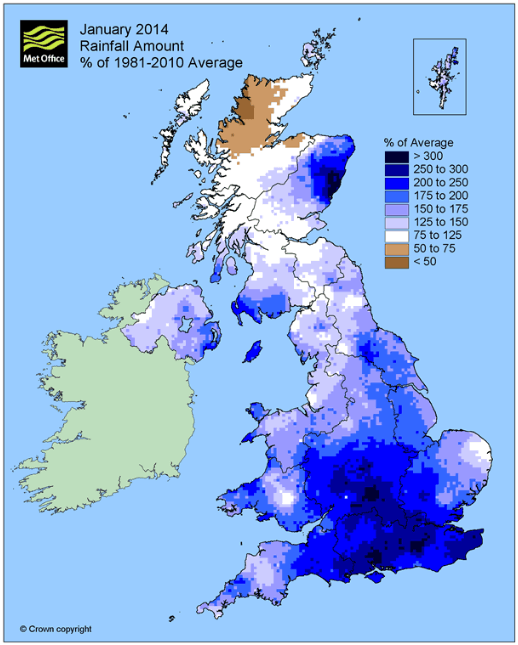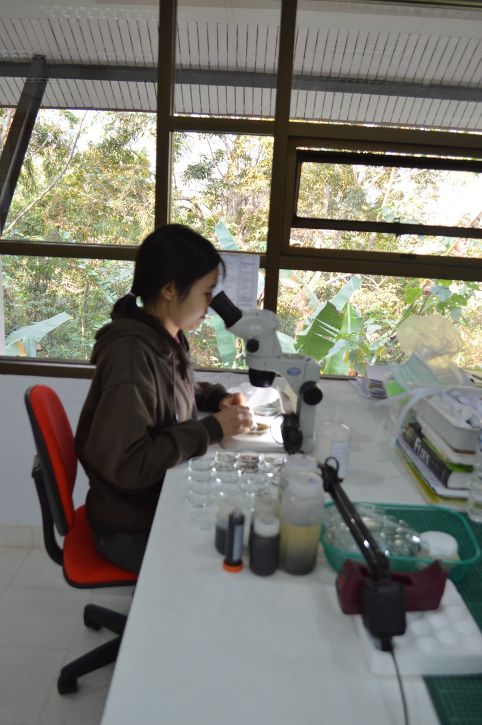exciting developments afoot...
, 26 February 2014
After much discussion and background work, the digital team at Amguefdda Cymru today began on the exciting path of redesigning its website.
As well as being timely (it’s been almost 5 years since our last design iteration *gasp*), there are a number of important factors driving this project, including an ambitious digital strategy to help deliver the
redevelopment of St. Fagans National History Museum, as well as a comprehensive review of our institutional structure as a result of the Museums Change Programme.
Areas for development in this project will include providing greater access to online collections, increasing digital participation and also integrating today's social networking activities to encourage participation and sharing.
With these drivers in mind, we’ve been busy beavering away in the background over the last few months, researching audiences, analysing metrics, workshoping stakeholders and talking to our users. Why? Quite simply, we want this project to be as ‘evidence led’ as possible - let’s act on what our users tell us, from how they get to our website, to what they do when they get there.
time to put the user at the centre
From all this background research, we have developed a specific list of objectives that our new redesigned website will seek to provide. In summary these are;
- Reflect first and foremost, the needs and interests of our users
- Be focused on individual museum sites and our knowledge, not our corporate brand
- Remove barriers to our information, including language and structure
- Present a clear and logical navigational structure
- Remove redundant sections and pages
- Present a simple, clean design
- Ensure that there are no dead ends for users - always offer an alternative if no exact content matches their search
- provide fresh and routinely updated material
We are now in a position to take stock of our whole online offer: microsites, domains, social media connections, visiting pages, collections pages, even our in-gallery interfaces, while at the same time rethinking our traditional ‘institutional’ view of what we present online.
Most of you in Museum digital circles will know just how easy it is for websites to evolve through a reflection of internal structures. This is our chance to turn that thinking around and apply fresh perspectives, new ideas and modern technology to a website that really works for those visiting our websites - all based on evidence driven research, of course...
Timescale for all this? 8 months, so check back for updates to how this journey unfolds…









